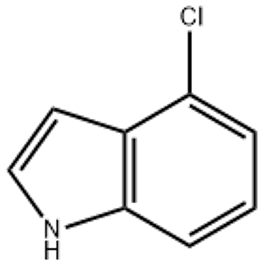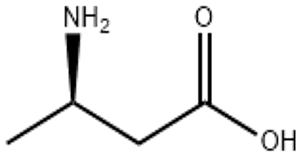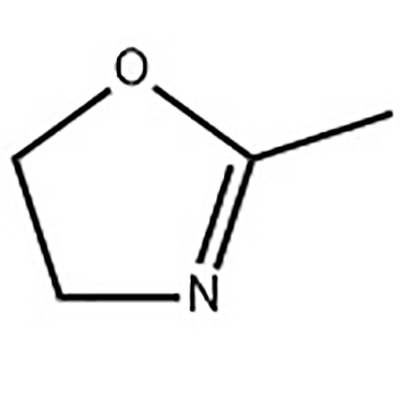Phenyl ether(CAS#101-84-8)
| Risk Codes | R51/53 – Toxic to aquatic organisms, may cause long-term adverse effects in the aquatic environment. R36/37/38 – Irritating to eyes, respiratory system and skin. R39/23/24/25 - R23/24/25 – Toxic by inhalation, in contact with skin and if swallowed. R36/38 – Irritating to eyes and skin. R36 – Irritating to the eyes |
| Safety Description | S60 – This material and its container must be disposed of as hazardous waste. S61 – Avoid release to the environment. Refer to special instructions / safety data sheets. S57 – Use appropriate container to avoid environmental contamination. S37/39 – Wear suitable gloves and eye/face protection S26 – In case of contact with eyes, rinse immediately with plenty of water and seek medical advice. S45 – In case of accident or if you feel unwell, seek medical advice immediately (show the label whenever possible.) S36/37 – Wear suitable protective clothing and gloves. |
| UN IDs | UN 3077 9/PG 3 |
| WGK Germany | 2 |
| RTECS | KN8970000 |
| TSCA | Yes |
| HS Code | 2909 30 10 |
| Hazard Class | 9 |
| Packing Group | III |
| Toxicity | LD50 orally in Rabbit: 2450 mg/kg LD50 dermal Rabbit > 7940 mg/kg |
Introduction
There is a smell of Chinese crabapple or a smell of Tianzhu sunflower. Soluble in alcohol, benzene, ether and glacial acetic acid, insoluble in water. Low toxicity, half lethal dose (rat, oral) 3370mg/kg. It’s irritating. Diphenyl ether has stable chemical properties, and changes in properties only occur when it acts violently, and will not act on general acid and alkali.
Write your message here and send it to us








